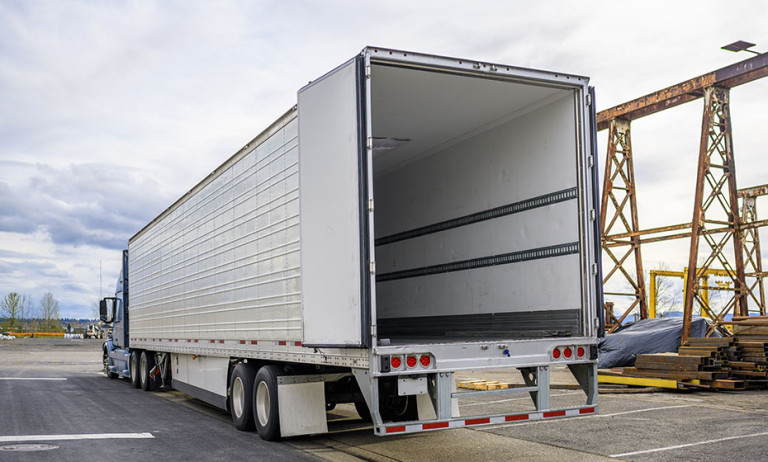The Environmental Impact of Online Lending Platforms

The proliferation of online lending platforms has revolutionized the financial landscape, offering unprecedented access to credit for individuals and small businesses. However, while these platforms provide numerous benefits, such as increased financial inclusion and convenience, their environmental impact is a topic that £200 Loans warrants thorough examination. This article delves into the various ways online lending platforms affect the environment, exploring both their direct and indirect ecological footprints.
The Digital Footprint of Online Lending Platforms
Online lending platforms operate primarily in the digital realm, and their environmental impact starts with the infrastructure that supports their operations. The data centers that host these platforms are significant energy consumers. These centers require vast amounts of electricity to power servers and maintain the cooling systems that prevent overheating. According to a report by the International Energy Agency (IEA), data centers accounted for about 1% of global electricity demand in 2020, a figure expected to rise as the digital economy expands.
Moreover, the energy sources powering these data centers play a crucial role in determining their environmental impact. While some companies have made strides in using renewable energy, the majority still rely on fossil fuels. This reliance contributes to greenhouse gas emissions, exacerbating climate change. Consequently, the push for more sustainable energy solutions in the tech industry is not just about reducing costs but also about mitigating environmental damage.
E-Waste Generation
The hardware required to run online lending platforms contributes to another significant environmental issue: electronic waste (e-waste). The rapid advancement of technology means that servers, computers, and other electronic devices become obsolete quickly, leading to increased e-waste. The United Nations estimated that in 2019 alone, the world generated approximately 53.6 million metric tons of e-waste, with only 17.4% being recycled.
E-waste contains hazardous materials such as lead, mercury, and cadmium, which can leach into soil and water, causing environmental and health problems. The improper disposal of e-waste exacerbates these issues, highlighting the need for better recycling programs and more sustainable product designs that extend the lifespan of electronic devices.
Reducing Physical Footprint: A Mixed Blessing
One of the often-touted benefits of online lending platforms is their potential to reduce the physical footprint of traditional banking institutions. By moving operations online, these platforms can theoretically reduce the need for physical branches, cutting down on the resources required to build and maintain these structures. This shift could lead to a decrease in the consumption of materials such as paper, plastic, and metal, as well as lower energy use in heating, cooling, and lighting physical offices.
However, this reduction in physical infrastructure comes with a caveat. The environmental benefits of reducing physical branches can be offset by the increased energy consumption of digital operations and the lifecycle impacts of the technology required to support them. Therefore, while the transition to online platforms can offer some environmental advantages, it is essential to consider the full spectrum of their ecological footprint.
Transportation and Emissions
Another environmental benefit of online lending platforms is the reduction in transportation emissions. Traditional banking often requires customers to travel to physical branches, contributing to carbon emissions from vehicles. By facilitating transactions and customer interactions online, these platforms can reduce the need for travel, thus lowering associated emissions.
However, this benefit is somewhat mitigated by the emissions generated by the delivery and logistics involved in maintaining the digital infrastructure, such as the transportation of hardware and the delivery of electronic devices. Additionally, the increased use of online services can lead to higher energy consumption in residential areas, as users rely on personal devices and internet connections to access these services.
Sustainable Practices and Corporate Responsibility
Many online lending platforms are recognizing the importance of sustainability and are beginning to implement eco-friendly practices. Some companies are investing in renewable energy sources to power their data centers, while others are focusing on energy efficiency measures to reduce their overall consumption. For instance, tech giants like Google and Microsoft have committed to achieving carbon neutrality and are working towards more sustainable operations.
Furthermore, online lending platforms can contribute to sustainability through their business practices. By offering loans for green projects and sustainable businesses, these platforms can support environmental initiatives and promote a more sustainable economy. They can also implement policies that encourage responsible consumption and recycling of electronic devices, thereby reducing e-waste.
The Role of Consumers
Consumers also play a crucial role in the environmental impact of online lending platforms. By choosing platforms that prioritize sustainability, consumers can drive demand for greener practices. Additionally, consumers can contribute to reducing the environmental impact by responsibly managing their electronic devices, such as by opting for energy-efficient devices, minimizing unnecessary upgrades, and ensuring proper recycling of old electronics.
Educating consumers about the environmental impacts of their financial choices and the benefits of supporting sustainable platforms is essential. Increased awareness can lead to more informed decisions that collectively contribute to a reduction in the ecological footprint of online lending services.
Conclusion
The environmental impact of online lending platforms is a multifaceted issue that encompasses energy consumption, e-waste generation, and the reduction of physical infrastructure. While these platforms offer significant benefits, such as reduced transportation emissions and the potential for more sustainable business practices, they also pose challenges that need to be addressed.
The future of online lending platforms lies in their ability to balance technological advancements with sustainable practices. By investing in renewable energy, improving energy efficiency, and promoting responsible consumption and recycling, these platforms can mitigate their environmental impact. Additionally, consumers’ choices and their support for sustainable practices play a vital role in driving the industry toward a greener future.
In conclusion, the shift towards online lending is an opportunity to redefine financial services in an environmentally conscious way. As the industry continues to evolve, the integration of sustainable practices will be essential in ensuring that the convenience and accessibility of online lending do not come at the expense of the planet.





